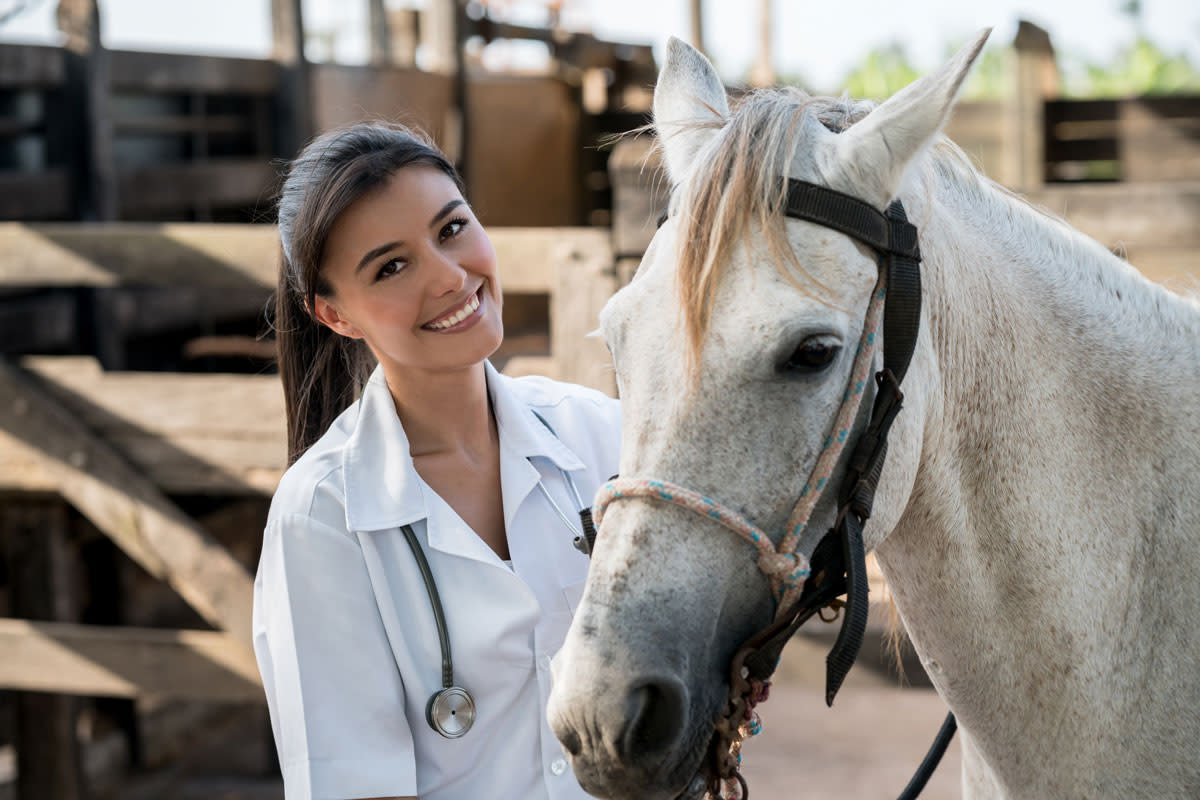
Many equine veterinary practice owners believe that newer graduates are not interested in future ownership. In fact, the 2016 AVMA/AAEP Equine Economic Impact Study compared equine associates’ interest with that of the respondents to the AVMA General membership (primarily companion animal doctors). Both male (52%) and female (46%) equine associates were much more interested in ownership than their small animal colleagues (Males 24%, females 21%).

Brought to you by CareCredit
A survey presented at the 63rd AAEP Convention in Orlando in 2016 reported that if not offered ownership, 35% of associates in small practices (<4 doctors) and 30% of those in large practices (more than 4 DVMs) planned to leave their positions.
There are certainly many advantages to practice ownership. First is the ability to chart one’s own course and that of the practice. Self-determination is a strong factor in career satisfaction. In addition, having the opportunity to innovate, grow and shape a business can be very rewarding. Learning the required new skills in business management engages the need for continual improvement and acquisition of skills. Most rewarding of all might be the financial returns of a profitable firm.
Compensation for practice owners comes in four segments.
First is payment for effort as a veterinarian. This is typically determined by exactly the same method as that used for associates’ earnings. Currently, this is often 25-28% of personally produced collected revenue.
Second is payment for practice management. A sum of 1-3% of the practice gross revenue is set aside for this purpose. From these funds come salary and benefits for an office manager, if the practice has one. Any business education costs also come from this pool. The remaining funds are apportioned among owners based on the percentage of management duties they assume.
Third, if there is a facility, the owners of the real estate are paid rental or lease fees from the practice. After expenses such as a mortgage are paid, any funds remaining are divided among the owners.
Fourth, the profits are distributed among the owners, usually in proportion to the number of shares or percentage of the practice that is owned by each.
The profit figure can be substantial in some practices. In ambulatory practices without a haul-in facility, profit levels are commonly 20% or above. This means that in a solo practice grossing $500,000, the owner would earn $125,000 for effort as a veterinarian, $5,000 for management, and about $100,000 or more in profit. This is a big difference from the associate’s pay in the same circumstance of producing $500,000 in revenue, which at 25% commission would total $125,000. Because of this fact, becoming an owner is one of the most effective and important ways for a veterinarian to become financially successful.
Certainly being a practice owner is not without challenges. As the boss, if your employees quit, you are the one who needs to step up to the plate. You are the one taking the risk of a loan when you purchase equipment, wondering if the increased revenue will support the payments. You are the one who must follow regulations, and whose license to practice might be on the line. You are the one worrying about meeting payroll or paying the bills. The weight of these responsibilities should not be understated.
However, the benefits of practice ownership far outweigh the negatives. Pursuing ownership should be considered by all veterinarians who desire to increase their net worth.
This content is subject to change without notice and offered for informational use only. You are urged to consult with your individual business, financial, legal, tax and/or other advisors with respect to any information presented. Synchrony and any of its affiliates, including CareCredit (collectively, “Synchrony”), make no representations or warranties regarding this content and accept no liability for any loss or harm arising from the use of the information provided. All statements and opinions in this article are the sole opinions of the author and roundtable participants. Your receipt of this material constitutes your acceptance of these terms and conditions.








